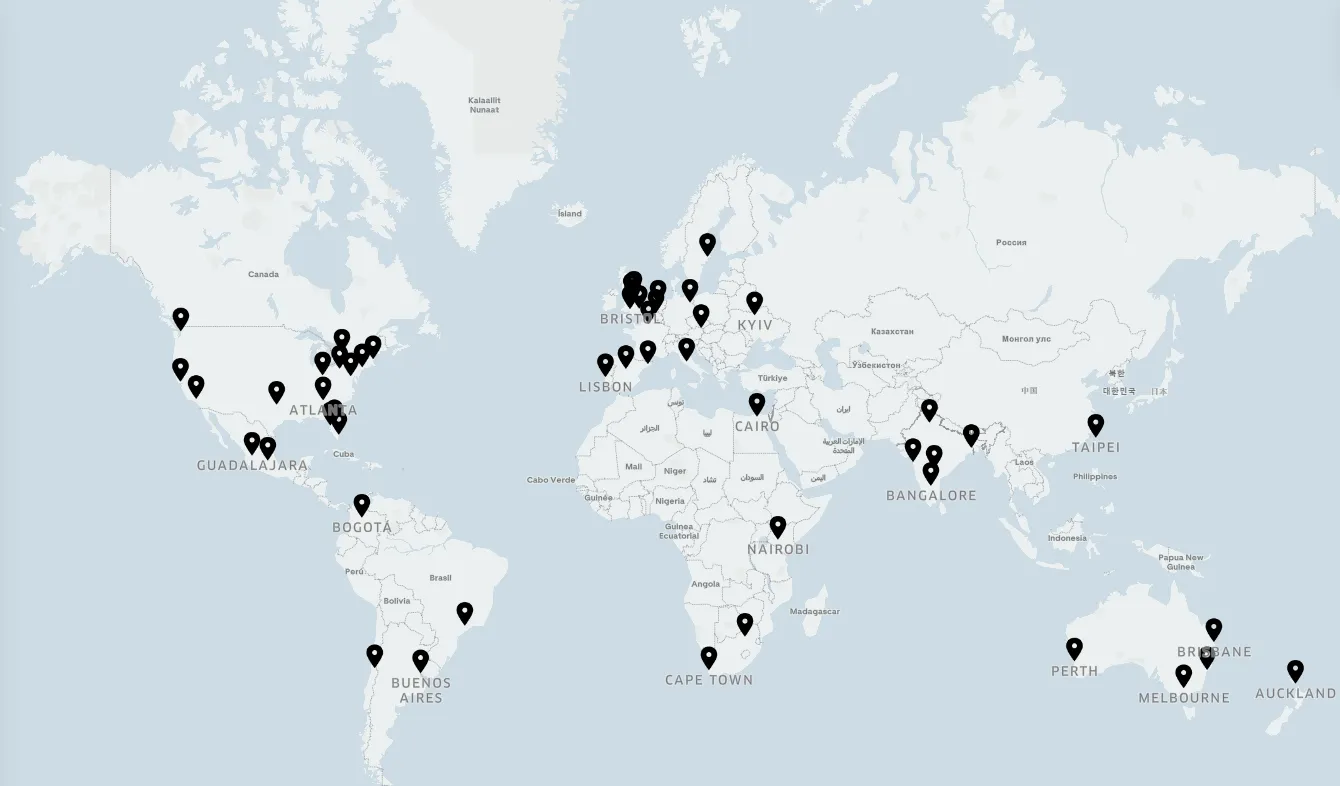Introduction
The efficiency of Emergency Medical Services (EMS) is a major indicator of a well-functioning health system. In this report, I compare various ambulance fleet management strategies to minimize their response time. Based on real-life data, I analyze then compare the findings of the simulation against the benchmark of EMS response time in London. Furthermore, I test the effect of varying the average speed of ambulances as well as the impact of the closure of the London Tower Bridge in the last quarter of 2016 on the average response time.
Methodology
Compiling the road grid of London into a network is computationally expensive, so the approach was to coarse-grain the system to have regions (with a mean area of 1.6 km²) as the building blocks. Using the open-source Uber Movement dataset, the city was constructed with roughly 1000 regions of Greater London made up of polygon shapes. Next, creating edges between two given regions relies on the number of coordinates that their polygons share (i.e., if a pair of regions shares at least one coordinates, then they’re adjacent, and thus they’re linked with an edge).
A network of the Greater London Area generated using Networkx package
For a more focused analysis, a subsection of London’s regions was selected containing 71 areas around the epicenter of the city. The dataset of the Uber Movement populates the average traveling time between all pairs of regions which then served as edge-weights for the subsection of London’s network (dark grey for high average travel time, light grey for low averages)
The probability of requesting an ambulance differs across regions. Using the crime rate index published by the Metropolitan Police of London, each region was given a crime rate metric indicated by the node color in the network (red for high crime rate and blue for low rates). The size of the nodes reflects the area of the region in km². Finally, hospitals in London were located using Google Maps API (green nodes) then associated with their respective region in London’s subsection network. (i.e., if medical center’s coordinates fall within the polygon of a region then it is included into the region’s node).
#uber #london #simulation #ambulance #data-science
